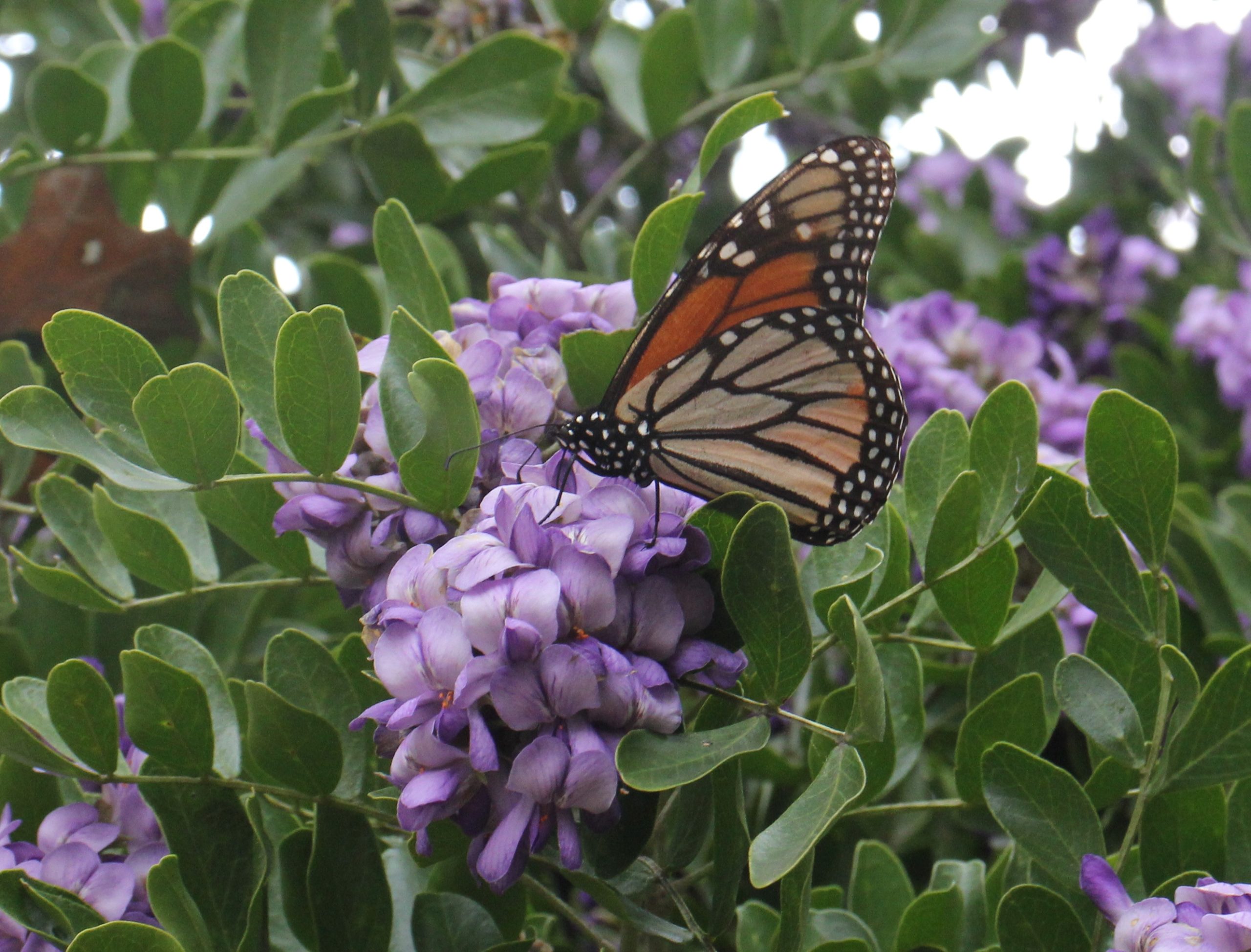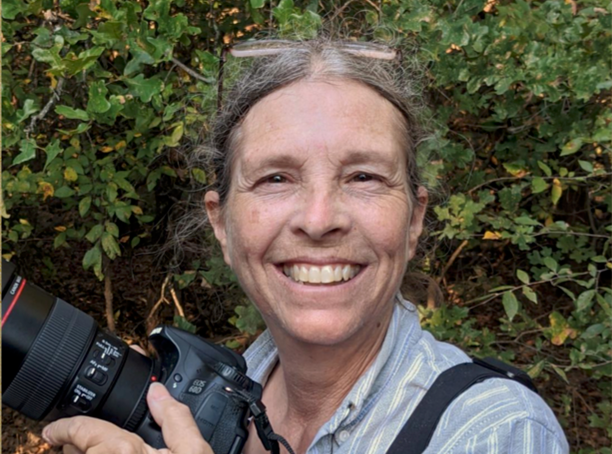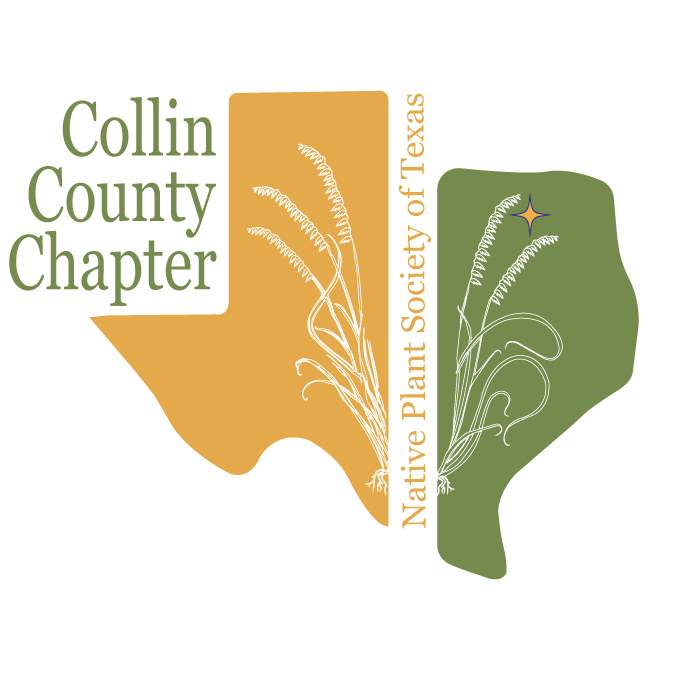May 16 @ 7:00 pm – 8:00 pm

We’ve been asked, “Why are we messing with insects?” If you’ve ever wondered that too, this program will explain how the Bring Back the Monarchs to Texas committee of NPSOT benefits not just Monarch Butterflies but also a host of other creatures, native plants, and NPSOT itself. We’ll showcase some of our favorite success stories, and explain how you too can get involved on lots of levels.
About the Speaker – Carol Clark

Carol Clark is a longtime member of the Native Plant Society of Texas, a Texas Master Naturalist, and a Monarch Watch Conservations Specialist. She chairs the Bring Back the Monarchs to Texas committee for NPSOT. She and her husband have a 36 acre Monarch Waystation and wildlife refuge in Cooke County where the emphasis is on birds, insects, and of course, native plants.
Our monthly chapter meetings are held on every 3rd Thursday, January – November. Our meetings are free and open to the public thanks to our members and sponsors.
Carol will be presenting virtually, but we will gather in person at 7:00 pm! Come at 6:45 pm for a meet and greet with snacks.
Houston Arboretum and Nature Center
610 Entrance (preferred)
120 W Loop N Fwy
Houston, TX 77024
Woodway Entrance
4501 Woodway Drive
Houston, TX 77024
Meetings will also be live-streamed and recorded for later viewing.
Return to Houston Chapter Page
Related Events
-
No Chapter Meeting
January 2, 2025 @ 6:30 pm






